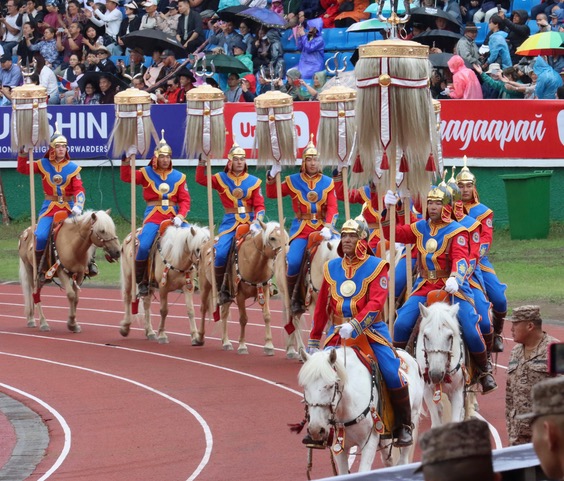Central and western Mongolian tour
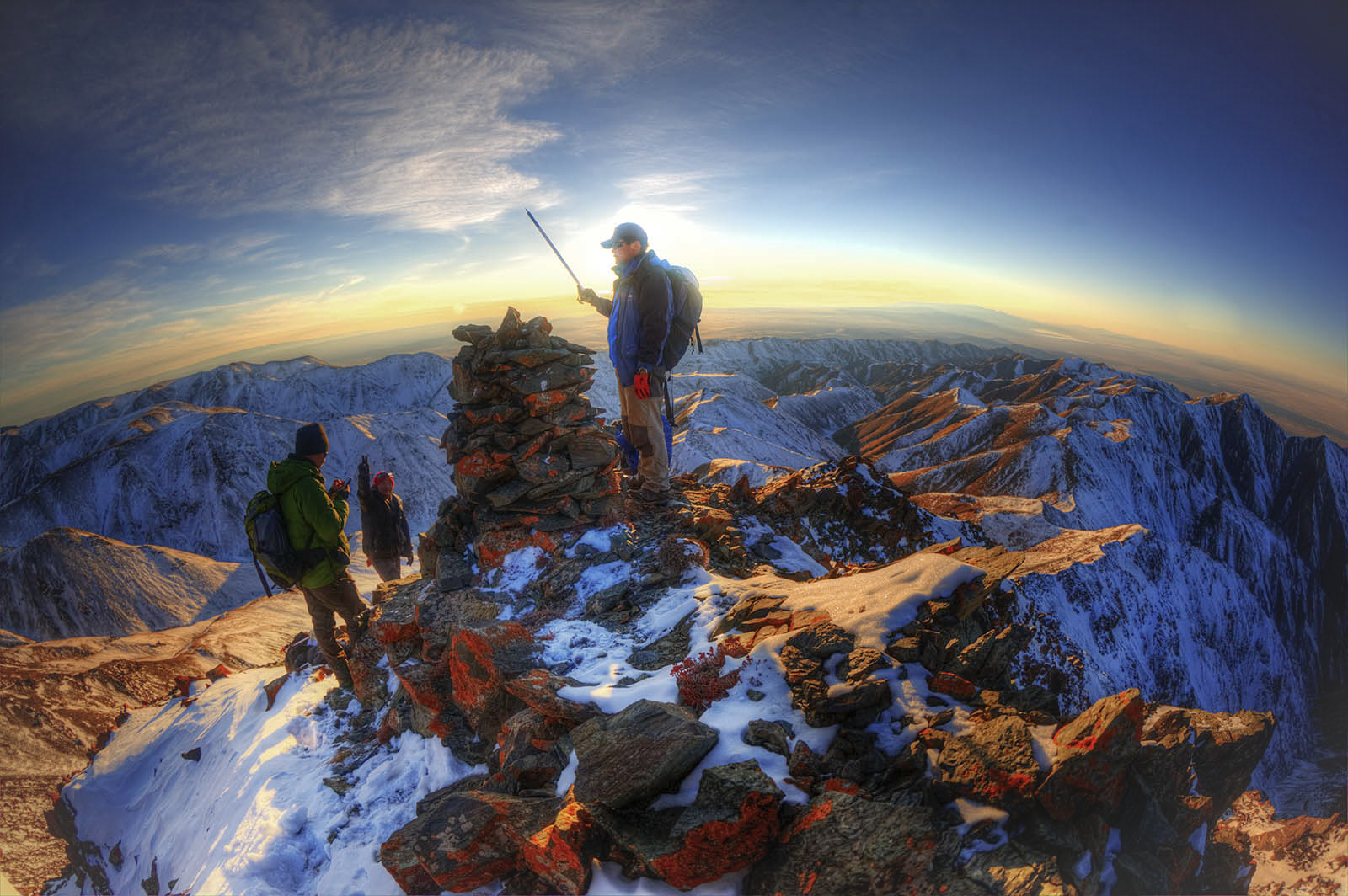
Have you ever been in the place, where you can see many different types of natural ecosystems? You will experience beautiful sand dunes, rolling grasslands, forests and rocky mountains. Also this would be a great chance to explore Mongolian famous lakes, which is home to many migratory birds.
Terkhiin tsagaan and Khyargas lakes are the important areas for birds, so you can see many different Globally Threatened species of birds and can enjoy the sport-fishing. During this trip you will visit Kazakh family, which lives in the western most province of Mongolia. Relax in the wild nature and learn about the Kazakh people’s unique lifestyle, including training eagles for hunting.
Golden eagle festival
Hunting with eagles is a traditional form of falconry for thousands of years, practiced by the Kazakh people in Bayan-Ulgii, the western most province of Mongolia. The Golden eagle festival have been celebrated since 1999 with the aim of promoting conservation of Golden eagle and preservation of the Kazakh traditional unique culture. The festival comprises various competitions including so called shakhyru, during which the eagle must catch a piece of fox fur pulled behind a galloping horse, traditional horse games and camel races. Prizes are awarded for speed, agility and accuracy, as well as for the best traditional Kazakh dress, and more. Dark, rocky mountainous terrain forms the backdrop to the event, which incorporate cultural exhibitions and demonstrations followed by sporting activities and competitions.
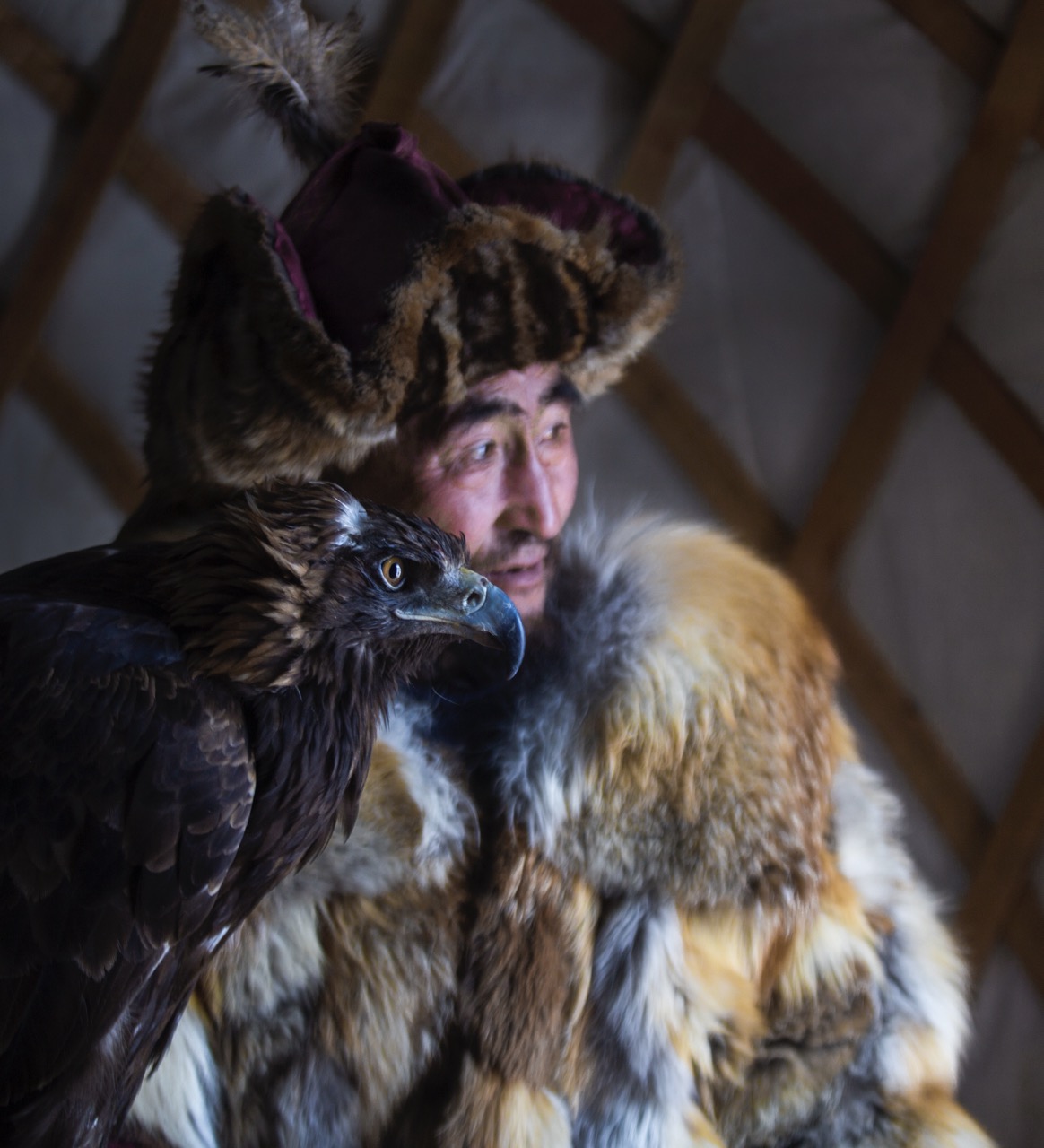
Energy center of the gobi desert
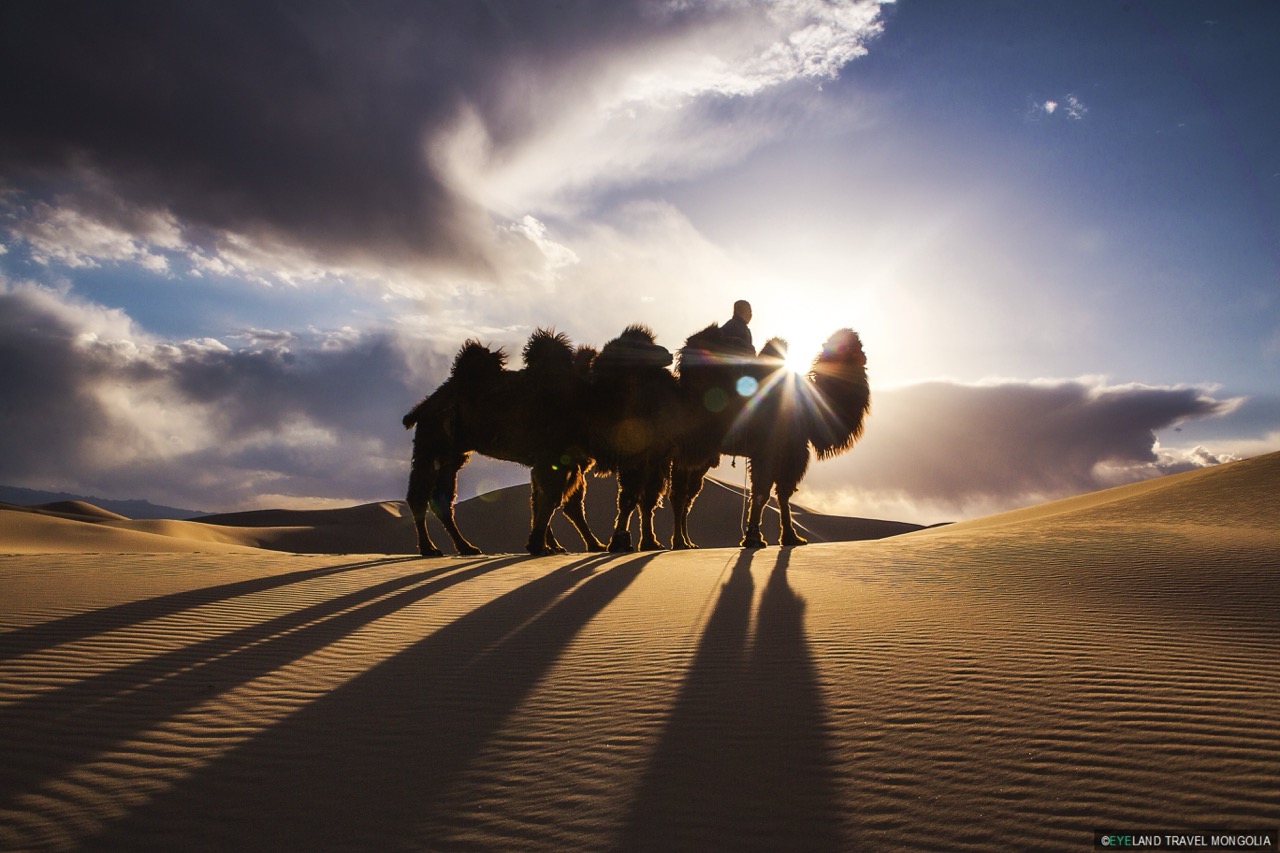
Travel to Dornogovi province and visit the World Energy center, where you can refill your energy and chance to see giant pairs of eyes looking out from the stupa wall, also known as Buddha Eyes and Wisdom Eyes. It is often believed that light of wisdom can lead people out of darkness and bring the light in the dark times when you look at Buddha Eyes. Also, you will explore Khamar Monastery, established in the 1818 by prominent Mongolian writer, composer, Buddhist scholar and its great 108 white stupas.
Amazing Mongolia round trip
From urban capital city of Ulaanbaatar to famous Gobi Desert, land full of historical remaining – Kharkhorin city to eagle hunter’s homeland in the western Mongolia, you will see it all on this tour. Mongolian people are proud of their history, ancestors and love their homeland, as well as showing and introducing all this to the travelers from all over the world. We invite you to explore the world famous Naadam festival, one of a kind – Eagle hunters, nomadic lifestyle that has not changed for thousand years, cemetery of dinosaurs-Gobi desert, high mountains of Bayan-Ulgii, steppe land of central Mongolia, Sand dunes and oasis of the Gobi.
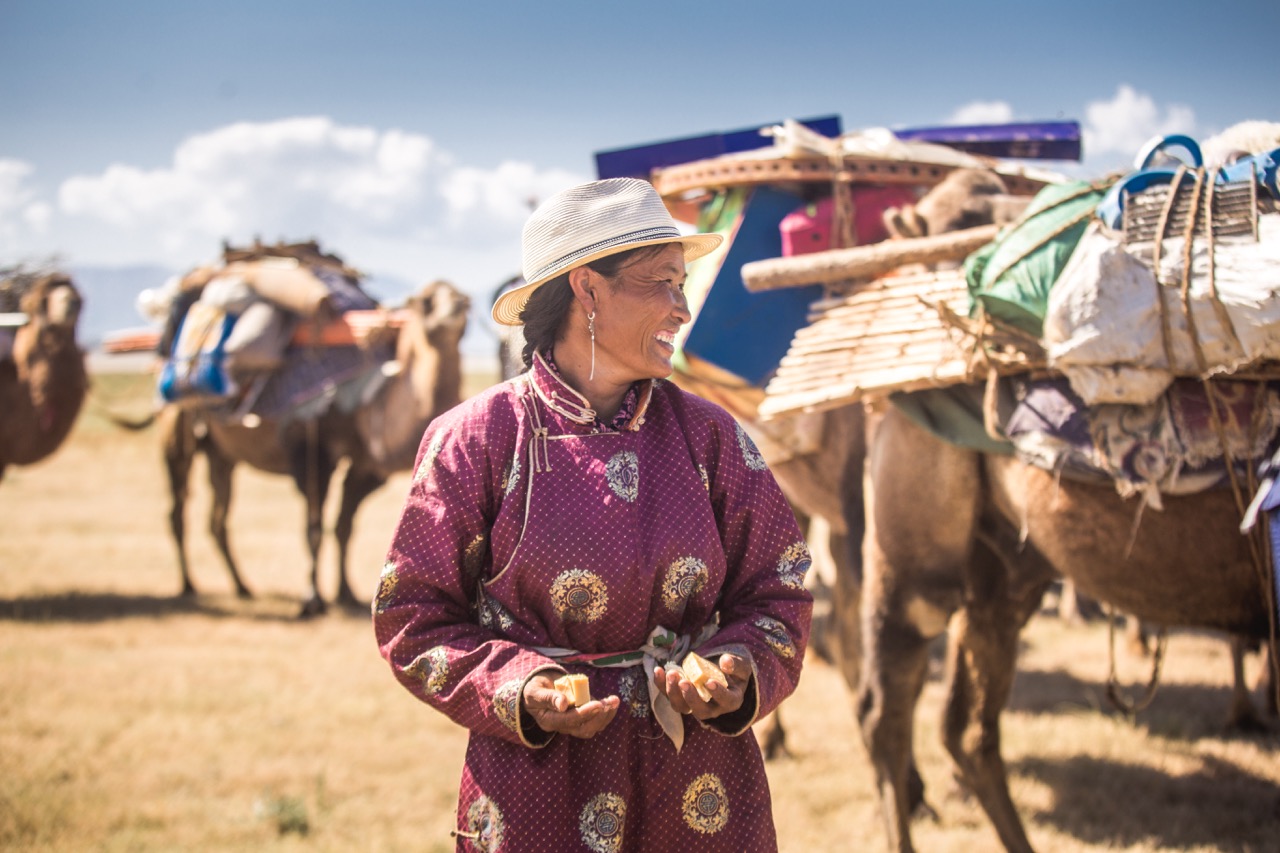
Mongolia’s grassland wilderness
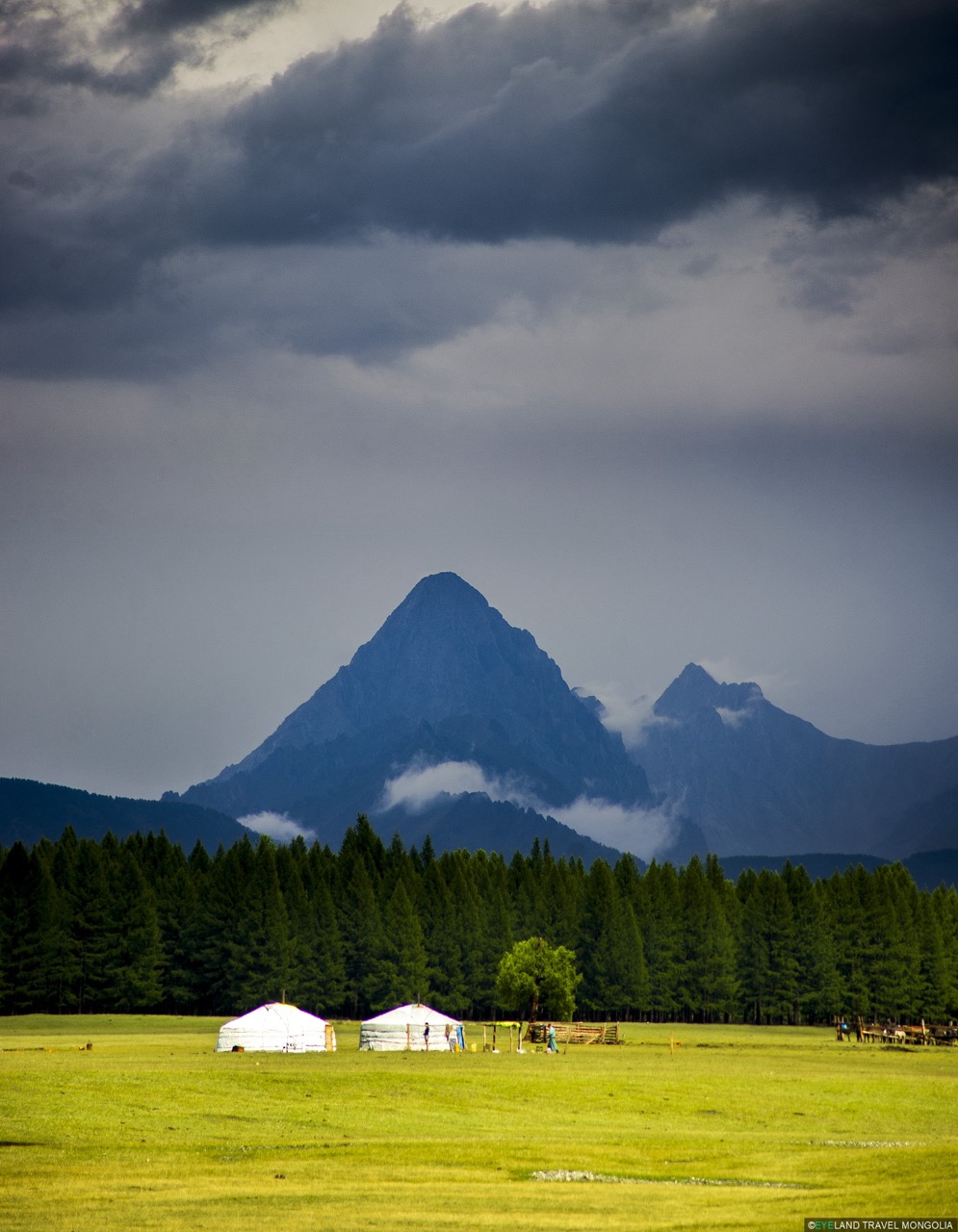
A chance to see a historically important place of Mongolian empire. You will visit the birth place of Genghis Khaan, as well as other places famous for the considerable number of archeological sites from ancient ages. You will travel discovering through Mongolia’s Eastern steppe-one of Asia’s last grassland wilderness. Here you can see great migratory herds of Mongolian gazelles in their natural habitat.
Northern Mongolian adventure
Imagine having a cup of tea with a reindeer herder family in a small, teepee by a Mongolian beautiful lake. From horseback riding with nomads to a relaxing day on shore of the lake, you will return home with one of your most unforgettable experiences.
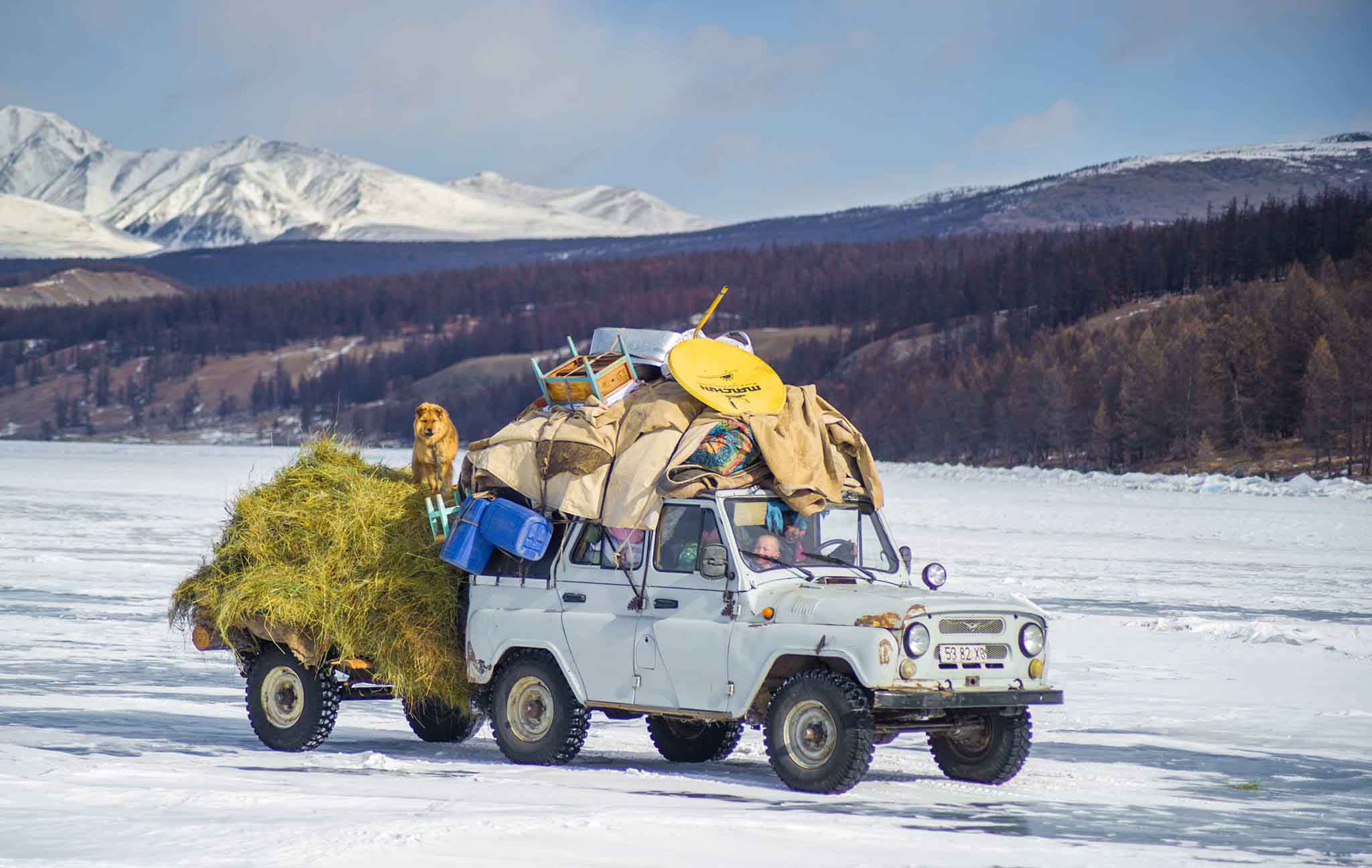
Horse riding in the Mongolian Steppe
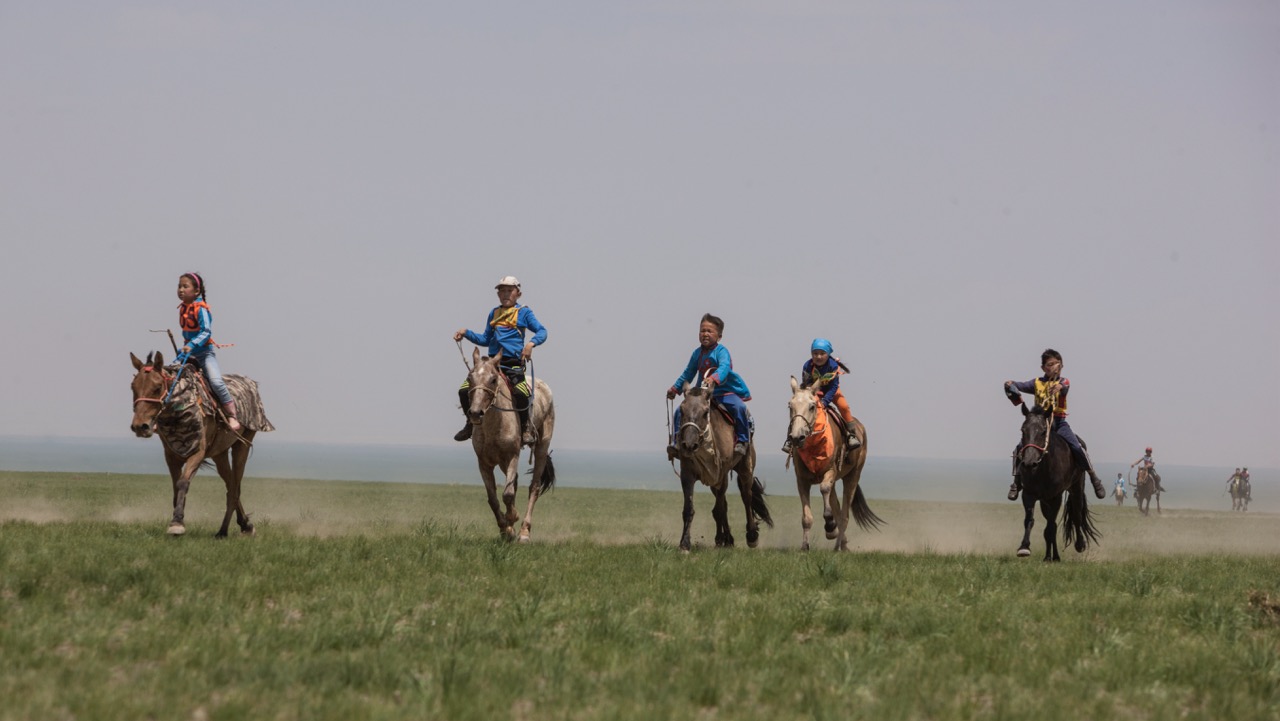
According to the Mongolian proverb a Mongolian man without a horse is like a bird without wings. Mongolian nomadic culture is intensely linked to horses. Mongolian children grow up with horses, becoming skillful riders before they are 5 years old. The horse and nomadic lifestyle of living enabled the Mongols led by Chinggis Khaan and his descendant to amass the largest empire to world has ever known. The Mongol horse is small, being about the height of a double pony like 1.3 meters at the shoulder but very strong. Outside of Ulaanbaatar, Mongolia has almost no paved roads and the territory is too vast to walk. The horse is the most practical form of transportation in Mongolia. The Fermented mare’s milk airag is a mild beverage with a slightly acid taste and great for treating thirst. Airag makes one of main ingredients of the summer diet of Mongols and no festive is complete without it.
Exploring the Altai mountain
After Khalkh Mongols Mongolia’s largest ethnic minority is the Kazakh people of the Altai. Kazakhs are pastoral, Turkic speaking and traditional Muslim people who live in the far western part of the country. Kazakhs live peacefully keeping their completely distinct customs and strict traditions.
Most importantly they speak their own language as Mongolian government gave them rights to keep their native language and religion. Traditional Kazakh gers are generally larger and beautifully decorated by creative Kazakh patterns. Kazakhs hunt on the horseback with trained golden eagles on their wrists and greyhounds slung across the saddle; eagle hunting game and pictures of eagle bearing Kazakhs are common scenery in the west. The hunters catch young two years old female eagles and train them for hunting.
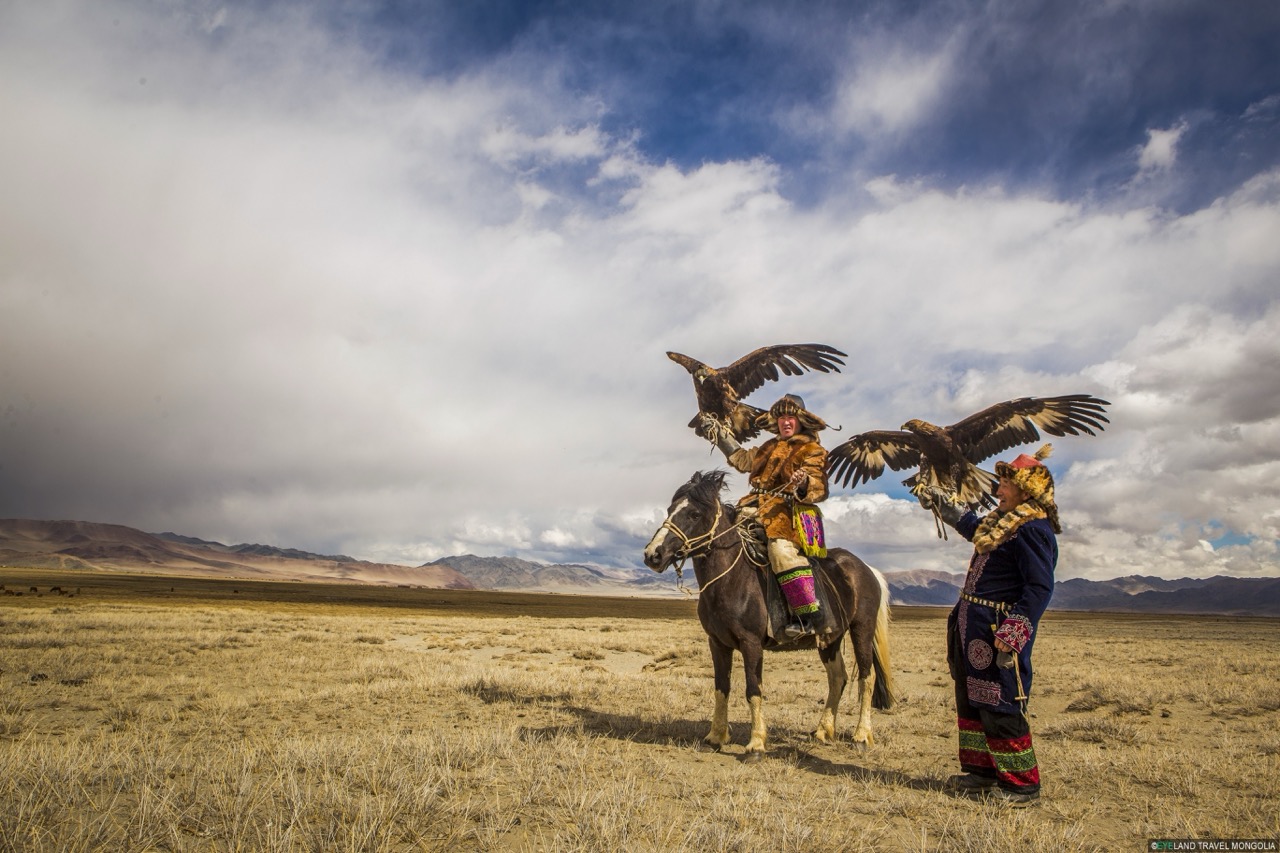
Discover homeland of Genghis Khaan
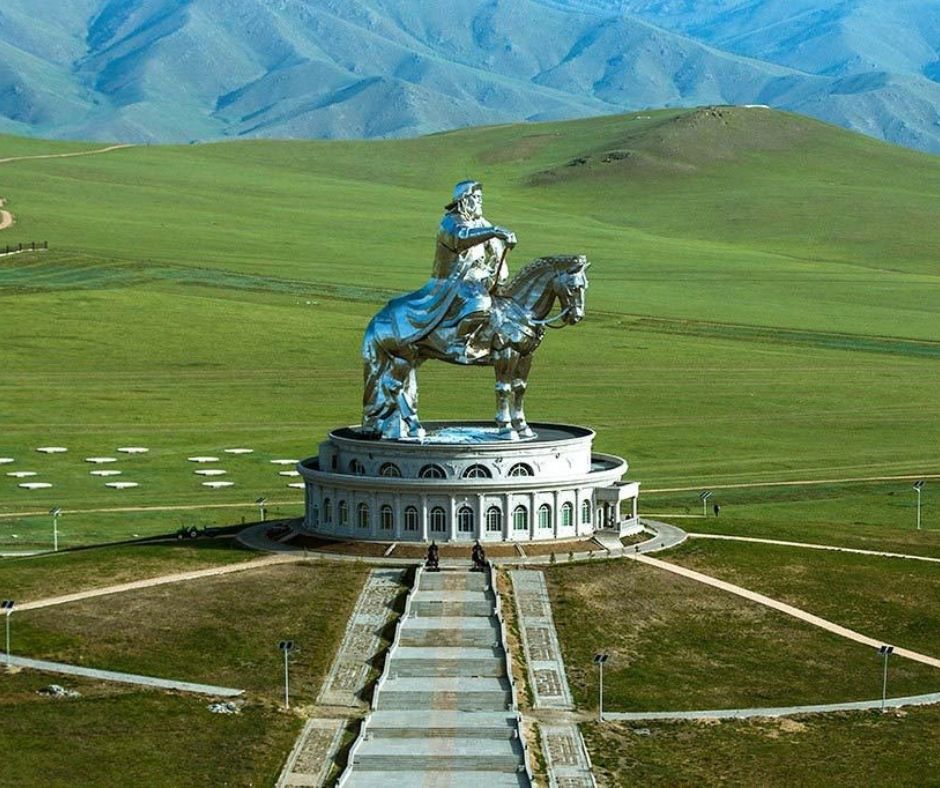
Genghis Khaan, the great emperor who established the world’s largest contiguous empire in 13th century. There are 4 places that thought to be the birthplace of Genghis Khaan in Khentii Mountain range. The mountain range comprises of 3 different geological diversity including a Taiga region of Khentii, Mongol Daguuriin, forest-steppe region, and steppe region with vast grassland. For ages the mountain range have been an important site for nomads for both herding and hunting, with plenty of summer grass and protected winter shelter for their animals. With its rich heritage of human settlement, the Khentii region is an archaeologist’s paradise with constant new discoveries.
Naadam festival
National festival celebrated every year from 11 to 13 July across Mongolia that focuses on three traditional games: horseracing, wrestling and archery. Mongolian Naadam is inseparably connected to the nomadic civilization of the Mongols, who have long practiced pastoralism on Central Asia’s vast steppe. Oral traditions, performing arts, national cuisine, craftsmanship, and cultural forms such as long song, Khöömei overtone singing, Bie biyelgee dance and Morin khuur fiddle also feature prominently during Naadam. Mongolians follow special rituals and practices during the festival, such as wearing unique costumes and using distinctive tools and sporting items. Festival participants revere the sportsmen, sportswomen, and children who compete, and winners are rewarded titles for their achievements. Ritual praise songs and poems are dedicated to the contestants in the events. Everyone is allowed and encouraged to participate in Naadam, thus nurturing community involvement and togetherness. The three types of sports are directly linked with the lifestyles and living conditions of the Mongols and their transmission is traditionally undertaken through home-schooling by family members, although formalized training regimens have recently developed for wrestling and archery. The rituals and customs of Naadam also accentuate respect for nature and the environment.
